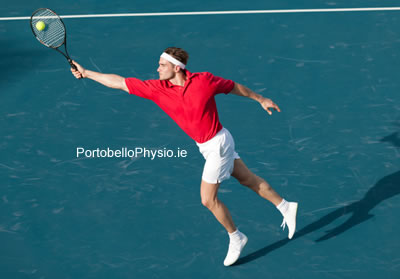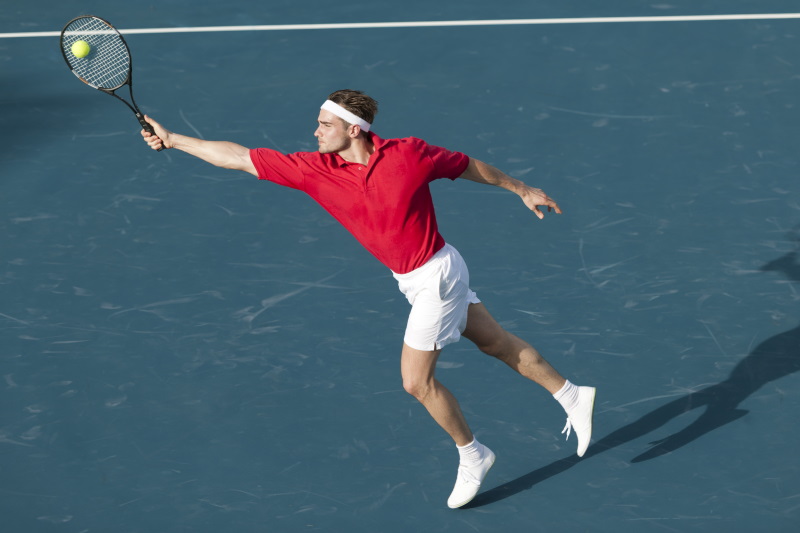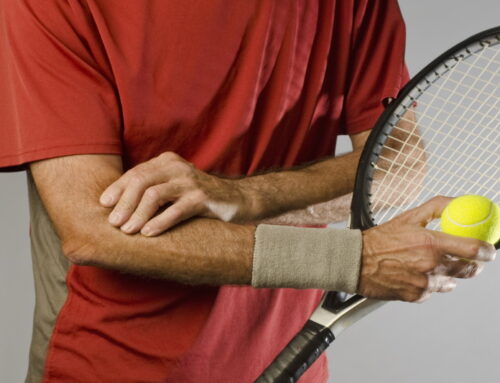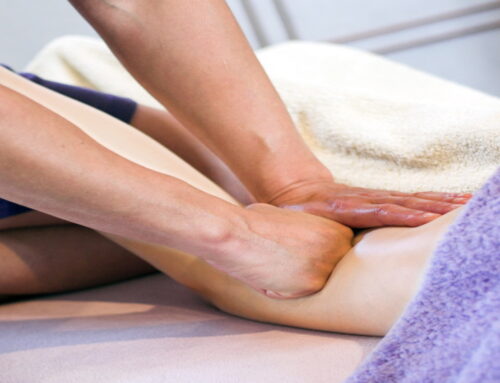Benefits of a Dynamic Warm up in Tennis

Unless you are one of a handful of coaches working in Ireland who is lucky enough to have a strength and conditioning coach as part of your program the job of warming up your players will be left solely to you. Unfortunately many coaches and players, even those at the high performance level, are unaware of how to best prepare the body for the demands of the game. Many coaches fail to recognise the potential to create a training effect during a warm up. Getting younger players to buy in to the benefits of physical training can be a challenge and this lack of commitment can make sixty minute physical training sessions difficult to implement. A lot can be achieved during a well-designed ten minute warm up and by accumulating ten quality minutes two-four times a week over the course of the year the warm up can become a valuable part of your program.
The first goal of any warm up is to raise tissue temperature, however, this does not mean that you have to waste five minutes jogging around the court. Try incorporating some dynamic warm up exercises into your warm up instead. These exercises if chosen correctly can increase mobility, stability, balance and strength particularly in younger players. Pay specific attention to hip mobility and upper back mobility as mobility in these areas is key to performing well and remaining injury free. It is also a good idea to incorporate single leg balance exercises and some single leg squats as you can improve your players balance and single leg strength without them realising that you are doing so. Take a look at the video below to see some examples of dynamic warm up exercises that target hip and upper back mobility, single balance and strength and some basic bodyweight strengthening exercises:
Video of Dynamic Warm-up Exercises for Tennis Players
Another important goal of a warm up is to activate/ strengthen important stabilising muscles of the body. Arguably the most important group of stabilising muscles are the gluteal muscles of the hip. These muscles are key to remaining injury free but also play an important role in speed and agility particularly in your ability to change direction efficiently. The warm up provides an excellent opportunity to sneak in some gluteal strengthening exercises. When activating the gluteal muscles it is important to be as tennis specific as possible. Remember that tennis involves more lateral than linear movement so you must activate these muscles in both linear and lateral directions. The mini band exercises demonstrated below will strengthen your player’s ready positions and prepare them for the multi directional nature of tennis:
Mini Band Exercise Video
The last thing that any warm up should contain is some nervous system activation exercises. It takes time for the nervous system to warm up and this can limit the player’s ability to express his/her maximal levels of power and explosiveness at the start of a session. By adding in some activation exercises as shown below you can speed up this process and ensure that your players begin the session fully prepared to perform. Again, it allows you to sneak in some speed and running mechanics work into the session. These exercises set the intensity levels high and players can take this intensity straight onto court and into your drills. It is important not to overdo it with activation exercises as doing so will mean that your players will enter the session fatigued. Work should be kept under 5 seconds at all times and at least 25-30 seconds rest should be given.
Footwork Exercise Video
In part two of this series we will introduce some simple plyometric and medicine ball progressions that you can incorporate in your session to improve your players explosive power.
Download our Sports Performance Clinic Flier (PDF Format)






